
What-What Mzansi
(Question South Africa)
Platform: Digital Doorway (Linux)
Engine: Flash
Released: 2007
Based at the South African CSIR (Council for Scientific and Industrial Research) in Pretoria, my challenge was to design and develop a positive and accessible game in 3 months for use on their public Digital Doorway systems.
I pitched several game ideas within a week, and they liked the concept for what became known as What-What Mzansi, street slang for 'Question South Africa'.
I designed and developed the game myself (coded in ActionScript 2), and worked together with local talent to manage and implement all the assets and content.
Inspired by India's Hole in the Wall project, the Digital Doorway's prime objective involves bridging the ‘digital divide’ that exists there. The aim is to provide people in rural and disadvantaged areas with freely accessible computer equipment and open source software, enabling them to experiment and learn without formal training and with minimal external input.
For more info on this project please visit the official Digital Doorway site.
A 4-way Digital Doorway terminal in action
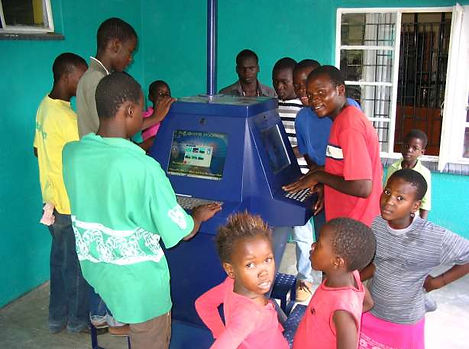
Digital Doorway Project
Game Breakdown
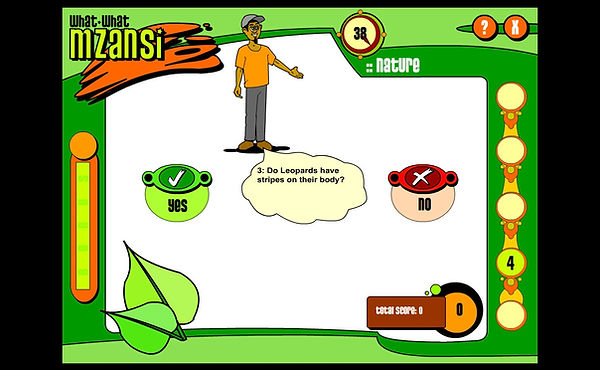
Main Gameplay
The player has 1 minute to answer as many questions as possible with either yes or no. The faster the player answers, the more points they are worth.
There is also a bonus bar on the left that adds a bonus multiplier to the player's score. An incorrect answer clears the bonus, adding an element of risk v reward.
With an average of 100 random questions per round, each game plays out differently.
Round End, Feedback
After each question round, the player's answers are stacked up. The questions then flip round in sequence, and are assessed.
The game then determines how successful the player was, and the host responds appropriately with a random comment.
If the player meets the required aggregate score for the difficulty set, they may progress to the next level.
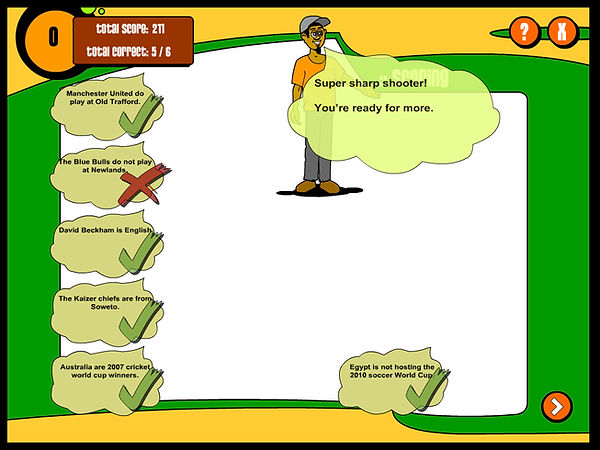

Round Topics
What-What Mzansi consists of seven levels, each focusing on a new topic; Nature, General Knowledge, Geography, Health, Sports, Food and finally Science.
Serious Subtext
Although there is an emphasis on positivity and fun, the game features many serious questions that are educational and/or myth debunking in nature.
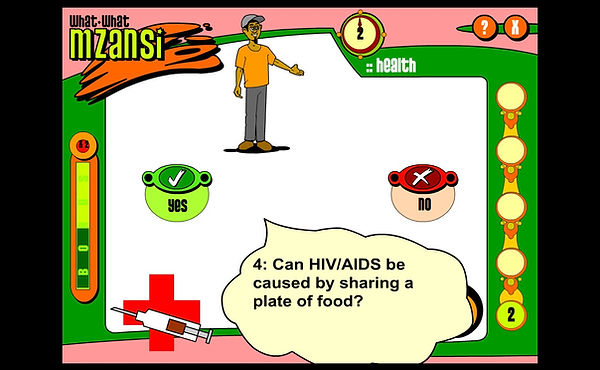

Accessibility
With a sequential progression, two difficulty settings, a contextual help setting for each screen and only a minimal number of clear choices, the game is designed to be as accessible and user friendly as possible.
It can be controlled by either a keyboard or mouse.
Playthrough
Audio and Playthrough
The stunning theme tune is created by one of the local security guards I befriended out there, which is worth a listen in itself. I sourced, selected and implemented all audio and SFX.
Please see the video below to view a full playthrough (note: recorded at half framerate).
Full playthrough of What-what Mzansi
Summary
Summary and Features
> Developed in 3 months
> Programmed in ActionScript 2
> 7 main rounds, each containing ~100 random questions
> Bonus system adding risk/reward (similar to the Weakest Link)
> VO feedback for streaks
> Random VO for round intro and grading feedback
> Support for up to 5 languages
> Two difficulty settings
> Ability to add new questions and VO without changing source files
Reception
Deployment and Feedback
The game was successfully deployed on all of South Africa's Digital Doorways. Usage figures from three years after its initial deployment confirm that WWM is "popular amongst its users, many of which are returning to play it multiple times".
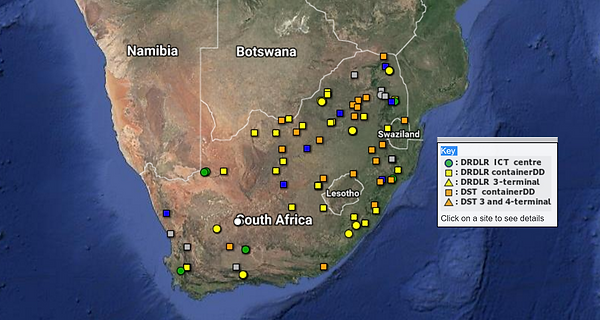
The game has since been described to me as "one of the system's most popular applications".